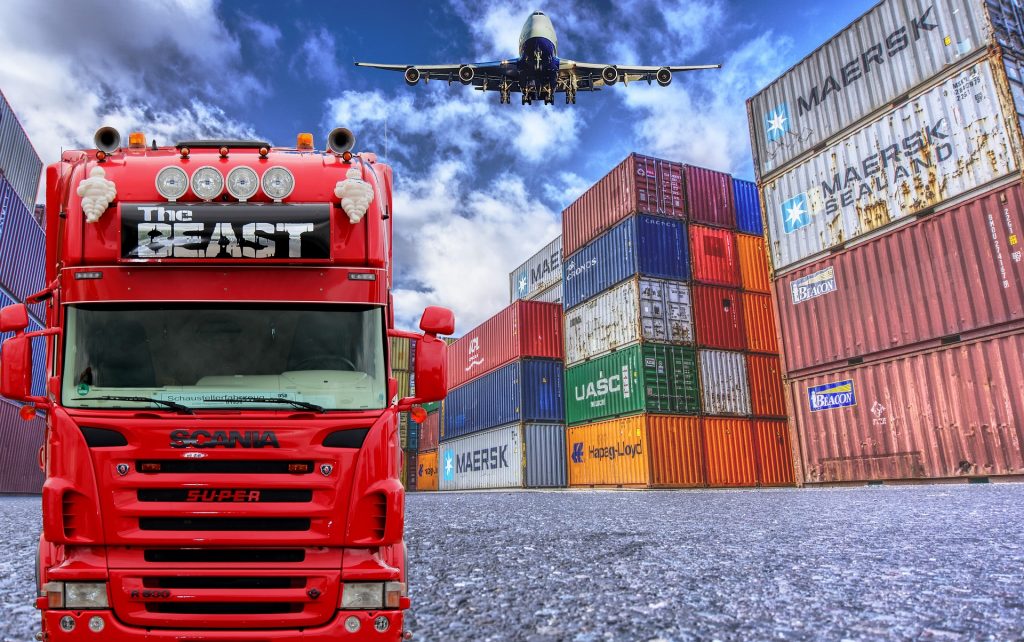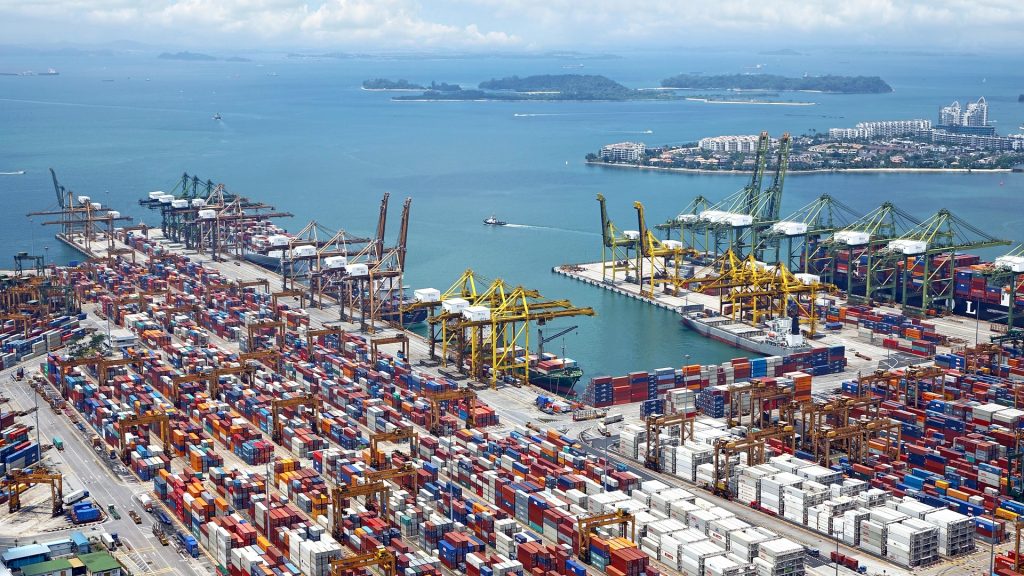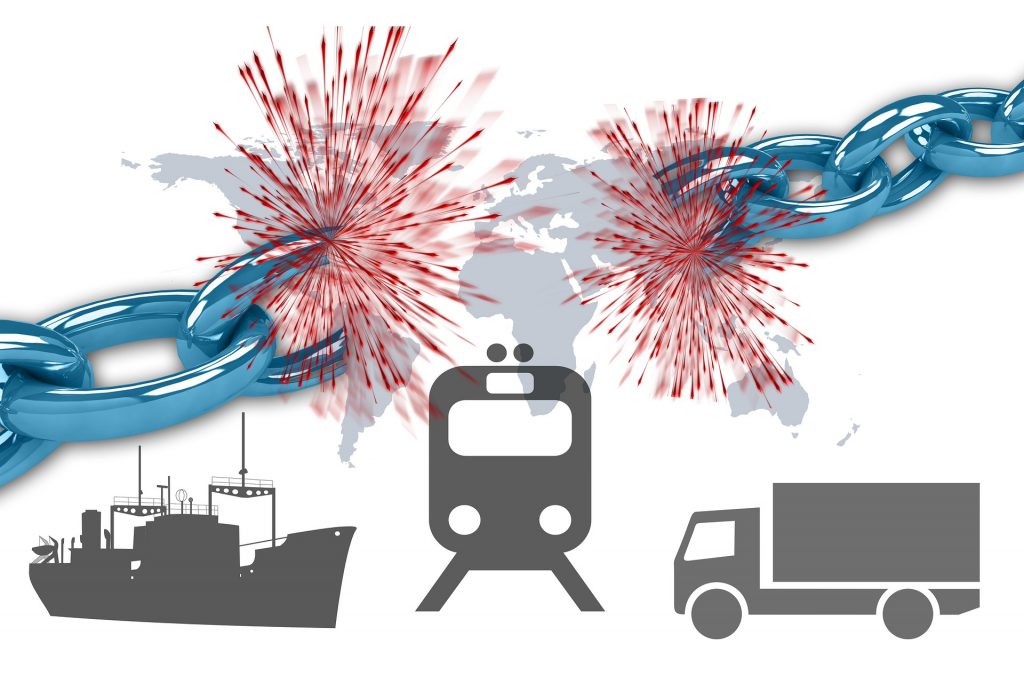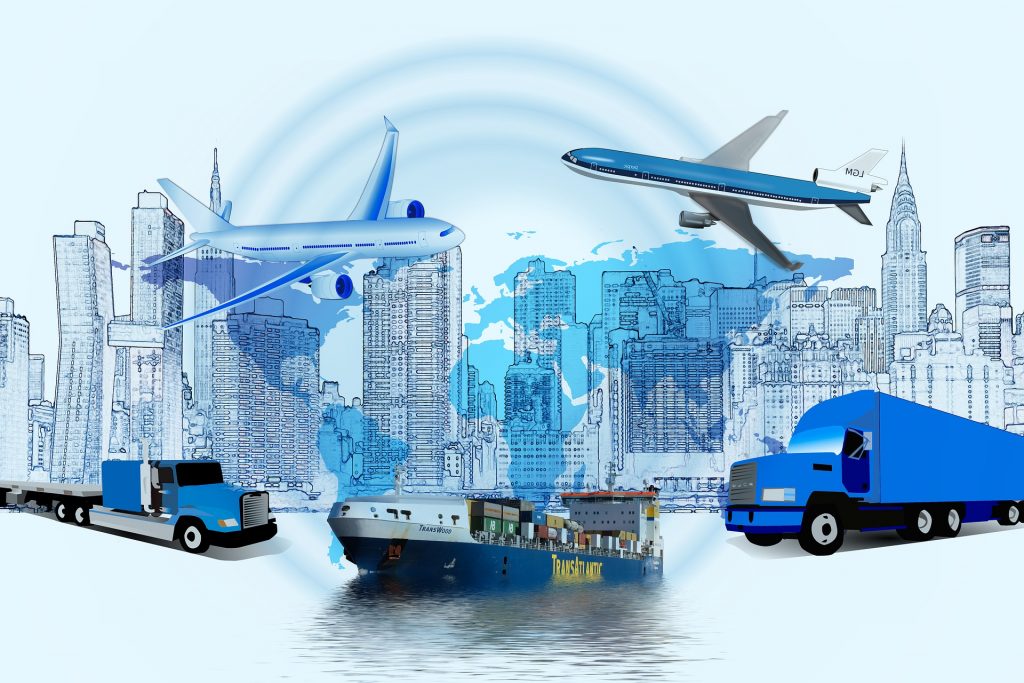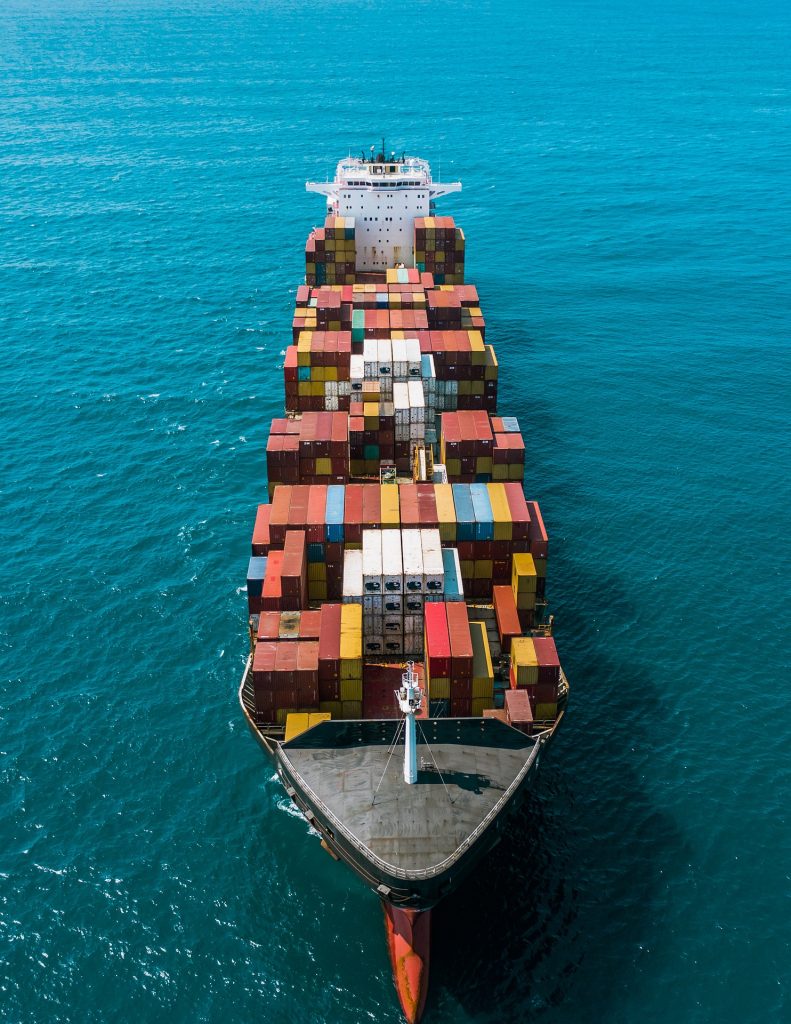What is the Supply Chain?
The term is self-explanatory. As businesses, your supply chain is (quite literally) the chain of suppliers that make the production of your goods and services possible.
Let’s keep this simple. For instance, you run an apple pie business. You would have suppliers for your apple, ingredients, and packaging materials. To deliver to your consumers, you would have a partner or personal delivery couriers. This is your first-tier (T1) – the primary supply chain that you can directly control. But keep in mind that your suppliers also have a supplier.
Your apple supplier has its supply base. Your packaging material supplier has a supplier of raw materials, and your courier services have their agency of truck drivers or sources for their auto parts.
Then your supplier’s supplier has their supplier too – and the chain goes on. For larger-scale companies, you can imagine how their global supply chains are even more complicated. Even smaller ones can reach an international level too. In other words, it’s an interconnected and complex chain of supply and demand.
Supply Chain Crisis
While the interconnectivity of everything can be an asset, you can imagine how detrimental supply chain disruptions are. A short supply on one end can affect all logistics networks – even if the shortages don’t directly involve you.
For example, if the cargo trucks of your apple supplier’s delivery services break down, their shortages and interrupted logistics would mean you won’t get your apples. You would only be selling plain pies.
What are the Causes of Supply Chain Disruptions?
You’ll experience supply chain disruptions in various facets of running your business – from a small scale to a global level. Examples of a significant disruption are the following:
- Shortage on inventory supply
- Sudden skyrocketing of prices that may catch local manufacturers off-guard
- A dip in the global economy
- Calamities (i.e., floods, tsunami, earthquake)
- Pandemic
There’s so much more. Everything that will affect the companies’ operations and inventory can be seen as a disruption. It’s only a matter of how prepared you are, how many alternate sources you have, and how much of a toll it will take on your businesses and production.
Global Supply Chains and the Pandemic
The pandemic is the best example of a high-risk supply chain disruption that affected the global supply chain, business leaders, and manufacturers worldwide.
It confused the world. The existing global supply chain suddenly didn’t make sense anymore as many industries were forced to change their entire structure. The worldwide lockdown halted international shipping. Ports closed, and there was a significant shortage of supply.
Companies were also unable to meet the American consumers physically. They had to learn online strategies – and some did it from scratch. The demand changed drastically. People didn’t have income – so how on earth can we sell? To add, we had so little data on this new virus. No one knew what to do! So fast forward to a year later, we’re all still trying to gather steam on our global economic recovery from this supply chain crisis.
What are the Effects of Global Supply Chain Disruptions?
In the case of the pandemic, businesses and consumers felt the effects all over the world. Here are some that you probably know.
Supply Chain Bottlenecks
It’s a fancy term for shortages or less supply. The production won’t be as free-flowing – hence the term bottleneck. Narrow and slow. Companies will find it harder to secure materials, fill up their production inventory, and meet the demand of their customers. Consumers will find it harder to purchase goods.
Higher Costs
As a result of the bottleneck, the cost of everything will skyrocket – from household goods to freight costs. Since the supply chain is chaos, securing items is challenging, so expect companies to demand higher prices. To produce will be expensive too. So expect to shoulder a lot of costs when purchasing items. No more free articles of clothing or free stuff for now!
Inefficiency and Inconvenience
Overall, supply chain disruptions will result in inefficiency of performance. Some of these, you may or may not have experienced when the pandemic surged. There were long lines in banks, trucks were stuck in the San Pedro port because they were all trying to get in, and the business supply or stocks were insufficient.
How to Mitigate & Recover from Disruptions in the Supply Chain:
Now that we’re in 2021 and heading into 2022, we can look back on the pandemic situation and use that model to improve our current supply chains. The smart move for companies is to be more ready and flexible. We must learn how to foresee future disruptions, and if not, to be prepared to transition should future challenges come our way again.
Here are a few ways to mitigate and recover from disruptions in the supply chain:
1. Maximize Advanced Technology
We’ve seen the sudden need for companies to adopt online strategies. The digital world has been emerging for a long time, but most weren’t paying attention to these innovations. So when the global crisis hit, a lot lagged. There are no excuses now.
If your budget allows, invest in technology, machine learning, or even artificial intelligence. This will not only help in boosting production and inventory but will also integrate your entire supply chain. You can quickly answer to the demand, and accumulating data won’t be as hard.
2. Invest in Research and Development (RND)
If you’re an executive director, it would be wise to shift your focus to gathering data. Companies who have information know how to adjust best because they’re ready. Constantly researching and updating yourselves with the newest trends can help you be more prepared to move through the supply-demand chain in the industry.
3. Make Your Supply Chain Visible
Of course, this is easier said than done. If your supply chain is beyond your reach, there are a lot of third parties and hidden risks that indirectly affect you. As much as possible, try to filter out what you can and cannot control.
It’s impossible to expect companies to track all of the connections and manage everything. As mentioned above, supply chains are complicated interrelations – there will be the ins and outs beyond you. But going back to the first strategy on this list, maximizing technology, you can easily make everything visible with the right innovations.
In filtering out the visible from the invisible, companies can easily allot an expected cost for the latter so you can mitigate the losses should things go south.
4. Prepare Alternate Sources
To use an idiom, don’t put all your eggs in one basket. One of the biggest mistakes companies make is trusting only one supplier too much. And while it’s not wrong to build loyalty with stakeholders, it’s unwise to bet everything on one source.
This concept is not just about supply chains. Companies must also learn to explore different platforms and mediums in case malfunctions happen. Like when the majority of demand became online, operations must also be flexible to shift.
5. Opt for Direct Sources (If Possible)
The term traceable is now widely used in a lot of businesses. Other than it’s ethical for some industries, it also saves you from invisible supply chains that bear the risk of disrupting your operations.
While direct sources are not as easy to pull off if we’re talking about a global-scale business, it’s advisable to go as close and direct as possible with suppliers.
- The fewer barriers, the more control
- The more control, the less risk
- The less risk, the more profit
6. Plan and Evaluate Your Supply Chain
Before every run, always start with concrete plans. Meet with your team and map out the entire chain for everyone to follow. Introduce and explain each supplier, the movement of the goods, and all the essential flows.
Planning also includes evaluation. This way, all employees will have the liberty to diagnose problems and solve them if they arise outside your supervision. Now and then, assess the chain and find problem areas. Analyze your SWOT and PESTEL, and point out early indicators that may affect your business negatively.
7. Monitor Your Warehouses
Much of the time, companies can already spot potential supply chain problems by assessing the performance of their warehouses.
Warehouses are like your “central zone” where you can assess faulty items and trace them back to the supplier, monitor the shortage, or check if there are suppliers who fail to deliver inventory. It would be wise to solve any issues as early as possible, and that’s only possible if you diligently monitor the ins and outs of the warehouse.
8. Have Contingency and Backup Plans
We know this sounds obvious, but believe us, only a few practice it. In a way, it’s related to the alternate heading sources, but this is based on a full contingency model. To produce a sound backup plan, it must be a feasible plan that you can easily incorporate into your workflow and structure. Backup plans are not a fancy bunch of paperwork that sits untouched in the office, just to say that you have one.
Supply-demand trends are unpredictable. Having a fallback would be the most thoughtful and most proactive choice you can make – do it right and well. And even down to minor backup plans, make sure to prepare them accurately too. What if your machine breaks down? What if you run out of supplies unexpectedly?
9. Treat Your Stakeholders Well
Every sector in your supply chain is your stakeholder. From start to finish, from suppliers to consumers, and everyone in between, make sure to prioritize people’s well-being above all.
Yes, machines, computers, and technology are now running the chains, but people are behind those. Some may get too blinded by profits and forget that actual human beings are running the operations. Don’t forget that without them, your business won’t move. You can repair a machine breaking down, but a valued employee who leaves jobs hanging will be big trouble for you.
Summary [TL;DR]
Phew. That is quite a long read. If you’re in a rush or need a quick reference, read through this heading instead. We’ve summarized the important points for you.
Supply Chain Definition
Supply chains are interconnected relationships among suppliers, manufacturers, producers, and consumers. The narrower the scope of the chain, the better it is to control.
Causes of Supply Chain Disruptions
There are a lot of causes. Practically, everything that can get in the way of your operations process can be a cause. Some common causes are as follows:
- Shortage on inventory supply
- Sudden skyrocketing of prices that may catch local manufacturers off-guard
- A dip in the economy
- Calamities (i.e., floods, tsunami, earthquake)
- Pandemic
Recent sources use the pandemic as a context because it’s the best example of sudden disruptions that can mess up our supply chains in a snap.
Effects of Supply Chain Disruption
The umbrella effect of such a crisis is a poorer quality of life. With job loss, high cost, and shortage, the people’s welfare won’t be ideal.
Supply Chain Mitigation and Strategies
But one thing’s for sure. We can all learn significantly from the pandemic. We can’t enumerate all of the specific steps you can do, but the general strategies from this larger model should set you up.
Contextualize them to your situation and capacities, and you’re on the right track.
- Maximize technology
- Invest in R&D
- Make your supply chain visible
- Prepare an alternate source
- Opt for direct sources if possible
- Plan and evaluate your supply chain
- Monitor your warehouses
- Have contingency and backup plans
Conclusion
The topic of supply chains can be intimidating, especially with all of the jargon and technical terms thrown around. We tried our best to simplify the concepts to digest them easily and effectively apply them to your businesses.


